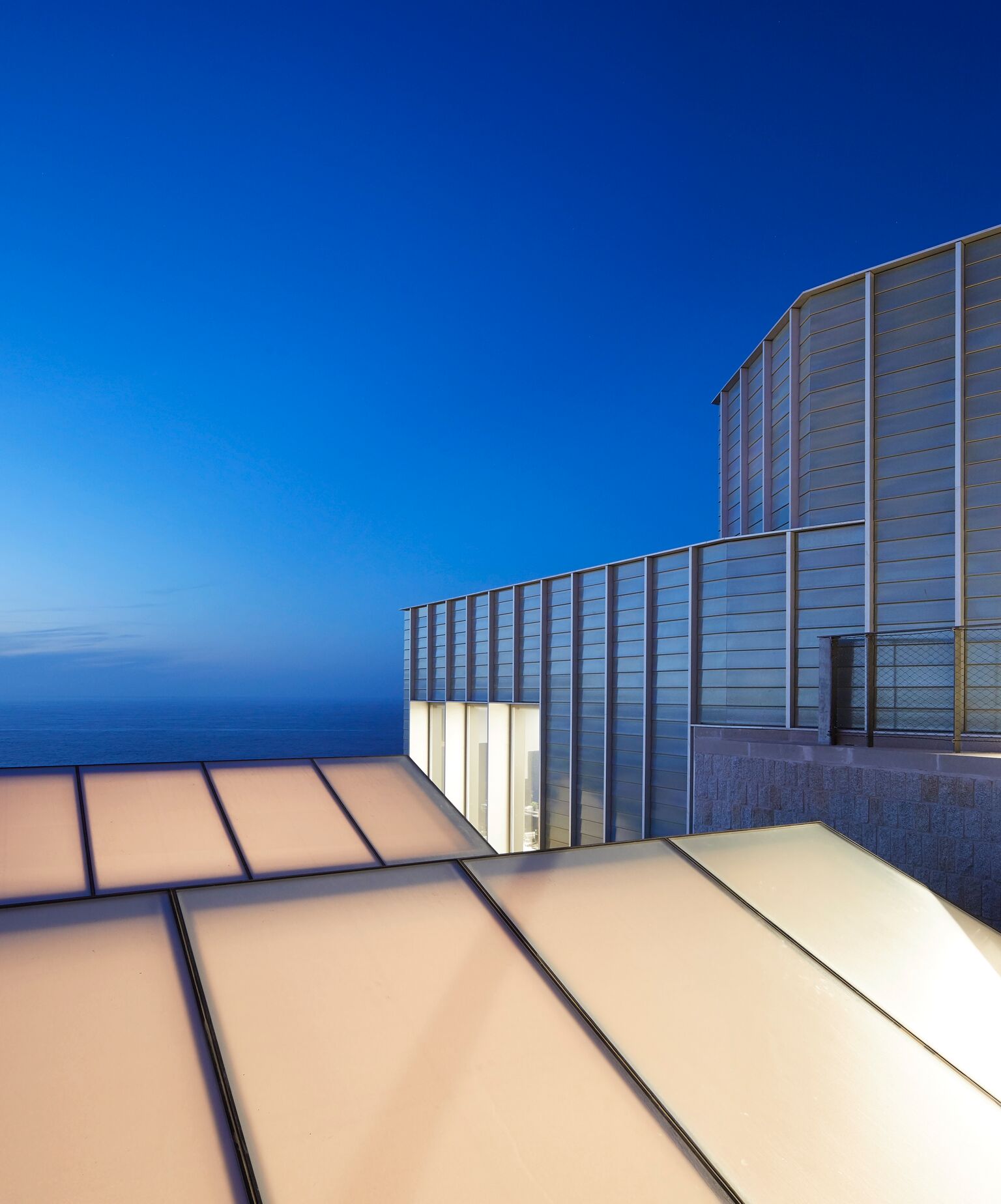
Tate St Ives, a recently expanded outpost of the Tate, has achieved something that has so far eluded the institution’s larger siblings, Tate Modern and Tate Britain. Last night, it became the first in the family to have won the Art Fund Museum of the Year, the UK’s preeminent museum prize.
Tate director Maria Balshaw accepted the award and its £100,000 ($132,353) prize on behalf of the St Ives team. British installation artist and filmmaker Isaac Julien and Andria Zafirakou, known as “the world’s best art teacher,” presented Balshaw the esteemed prize at London’s Victoria and Albert Museum yesterday evening (July 5). (London-based Zafirakou won the 2018 Global Teacher Prize earlier this year.)
The winning museum reopened last October following a massive renovation to its galleries, and after a £20 million ($26 million), top-lit museum extension had been carved into a hillside by Jamie Fobert Architects. Located in the Cornish fishing town that became a hot bed of Modernism in the late 1930s, the seaside venue has hosted impressive shows since its relaunch by Rebecca Warren, Virginia Woolf, and Patrick Heron in the last year.
The award is a tribute to Mark Osterfield, Tate St Ives’s former executive director, who steered its expansion. The project was not always smooth sailing. He was there to receive the award, having left recently after a staff restructure. The new sense of direction and ambition of the gallery is also down to its artistic director, Anne Barlow, the former director of the New York nonprofit Art in General. She has the job of deciding which of the many artists associated with St Ives to highlight. The A-list is long.
The Art Fund prize is open to all UK museums. Judges look for excellence and innovation, which they also found at the four institutions that were runnerups last night: Brooklands Museum of transport and aviation in Weybridge, the Ferens Art Gallery in Hull, London’s Postal Museum, and the Glasgow Women’s Library.
It may be a first for Tate St Ives, but Balshaw has been here before. Three years ago she was running the Whitworth Gallery in Manchester, which won the Art Fund’s 2015 prize. That achievement helped pave her way toward the Tate’s top job.
Last year’s prize winner was a gallery in the north of England that celebrates Barbara Hepworth, the artist who grew up in Yorkshire but who made St Ives her home and studio. The Hepworth Wakefield announced today that it will use its prize money to purchase a work by Helen Martens, the inaugural winner of its Hepworth Sculpture Prize.
Artists first began colonizing the picturesque fishing port in the 19th century. Since 1900, illustrious local artists like Barbara Hepworth, Ben Nicholson, Alfred Wallis, Bernard Leach, Sandra Blow, and Terry Frost were known for populating the town. But its most famous refugee artists were Piet Mondrian and Naum Gabo, who came to St Ives to escape the Blitz in London during World War II before heading to America. Marc Rothko visited In the 1950s.
Tate St Ives by Jamie Fobert Architects. Photo: ©Dennis Gilbert, courtesy Tate St Ives.
Works by many of these notable immigrant artists were on show when the galleries reopened in 2017. In the past, visitors were sometimes disappointed to find only a few St Ives artists on show. Its current show, a major survey of the St Ives-based artist Patrick Heron, makes full use of its new underground extension, filling the tall spaces with brightly colored abstract and figurative paintings.
To celebrate its win, Tate St Ives admission is free today. Although Cornwall is one of England’s lowest-income counties, the gallery is the only one of the Tates that charges for the collection not just its temporary exhibitions.
“Patrick Heron,” is on view through September 30 at Tate St Ives, and then travels to Turner Contemporary, Margate.